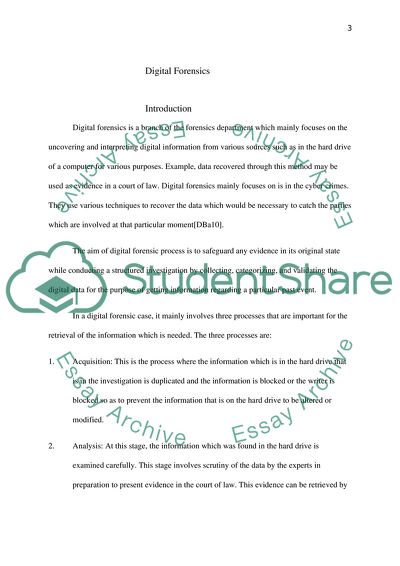Cite this document
(Exposing Criminals Using Digital Forensics Case Study, n.d.)
Exposing Criminals Using Digital Forensics Case Study. Retrieved from https://studentshare.org/law/1617925-computer-forensics-report
Exposing Criminals Using Digital Forensics Case Study. Retrieved from https://studentshare.org/law/1617925-computer-forensics-report
(Exposing Criminals Using Digital Forensics Case Study)
Exposing Criminals Using Digital Forensics Case Study. https://studentshare.org/law/1617925-computer-forensics-report.
Exposing Criminals Using Digital Forensics Case Study. https://studentshare.org/law/1617925-computer-forensics-report.
“Exposing Criminals Using Digital Forensics Case Study”, n.d. https://studentshare.org/law/1617925-computer-forensics-report.


